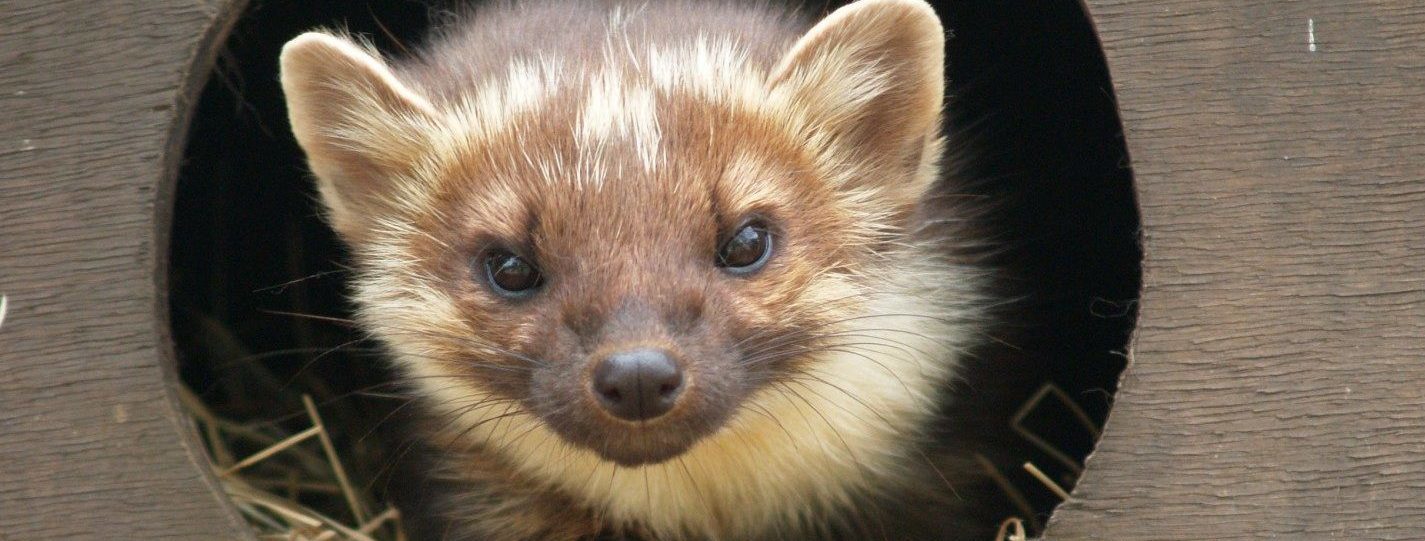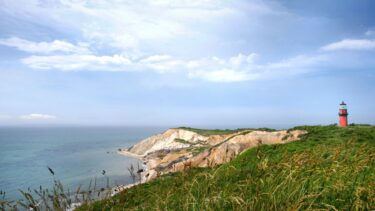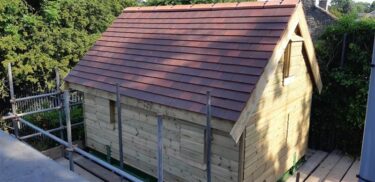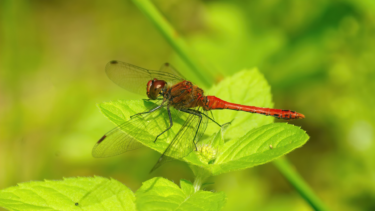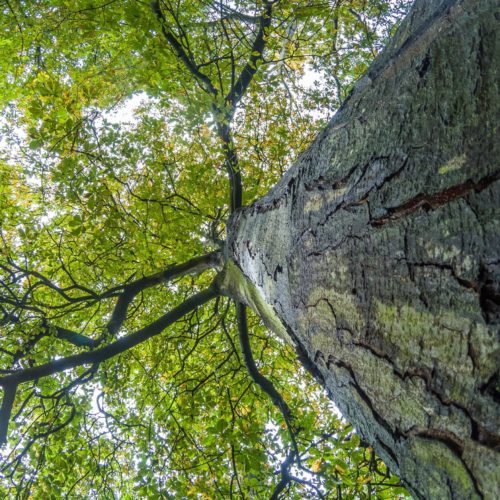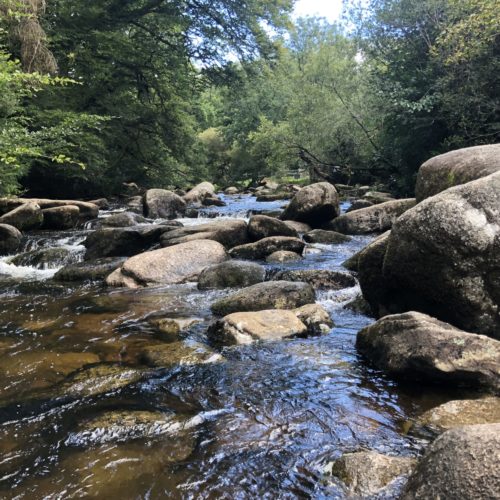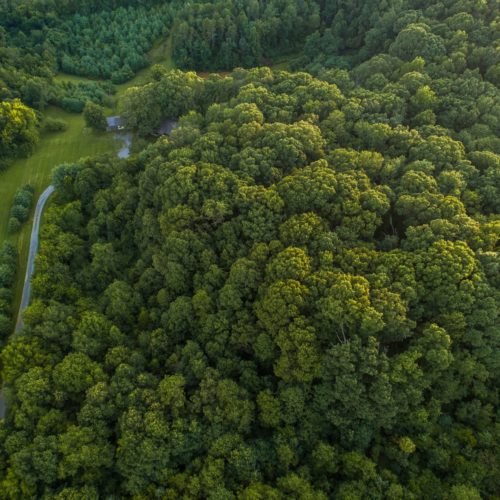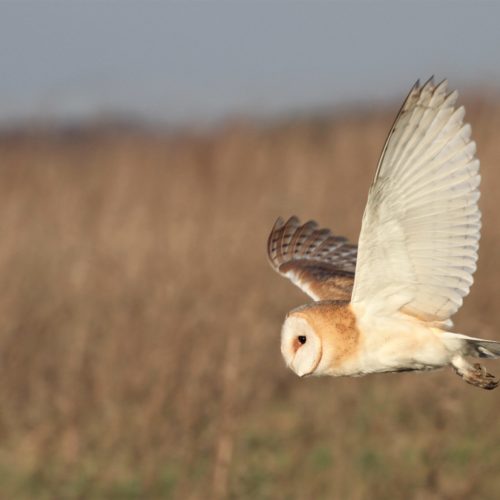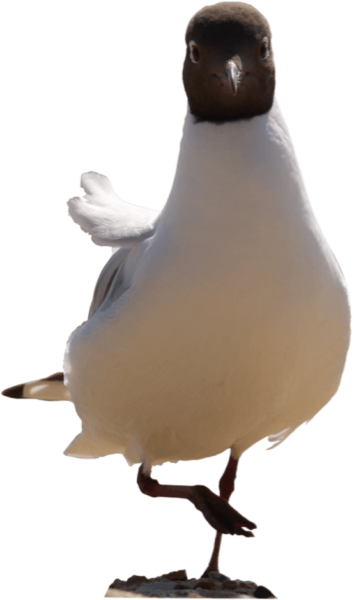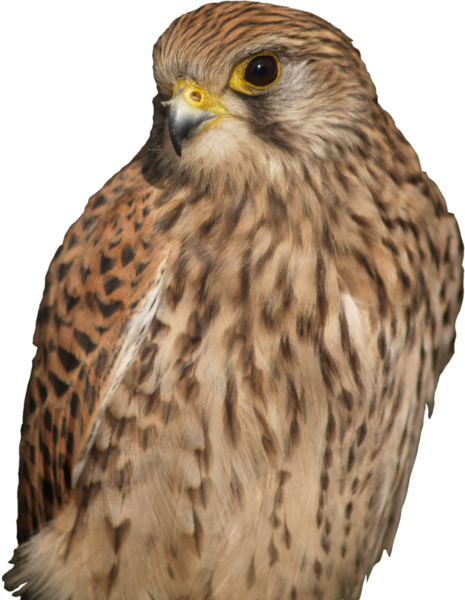Pine marten surveys should be undertaken where suitable habitat – predominantly heavily wooded or forested areas – occurs within their known range.
As pine martens are elusive and largely nocturnal mammals, surveys focus on a systematic search for evidence of their presence such as scats (dung). Scat surveys can be undertaken at any time of year. However, the optimum time for surveys is during the summer months when pine martens are more active and weather conditions or leaf litter are less likely to degrade or obscure scats. DNA analysis of scat samples is commonly used to provide a positive identification.
More intensive survey methods can also be used involving hair tubes, camera traps or den boxes to determine presence or likely absence and, if present, to estimate population size. A survey licence may be required where surveys involve the disturbance of an animal at a resting place, such as when checking den sites.
Our pine marten surveys and mitigation strategies are guided by best practice including the Vincent Wildlife Trust and Scottish Natural Heritage Best Practice publications and our surveyors meet the competencies set out by the Chartered Institute of Ecology and Environmental Management (CIEEM).
Where pine martens may be affected by a development, our specialists can provide advice on suitable mitigation options and guidance on minimising ecological risk. To allow works to proceed lawfully, we can apply for the development licences necessary on your behalf.
